How gorgeous is this Gluten Free Greek Pizza?! It’s certainly fancy enough to serve at a dinner party.
Think of your favorite Greek salad served with a side of delicious bread. Now imagine if they came together in one delicious dish!
Feta cheese, Kalamata olives, artichokes, pepperoncini all served on a delicious hummus-topped crust. It will wow any guest with unexpected flavors to excite the eye and the taste-buds!
Break out of the American pizza mould and experiment with delicious gluten free pizza crust as your canvas. There’s nothing wrong with tomato sauce and mozzarella cheese, but why not try something new and exciting on pizza night? (You could also try my gluten free Mexican Pizza for another twist!)
Feel free to leave out any of the listed ingredients for this Greek Pizza in favor of your own concoction — get creative and you might just invent your family’s new favorite pizza!
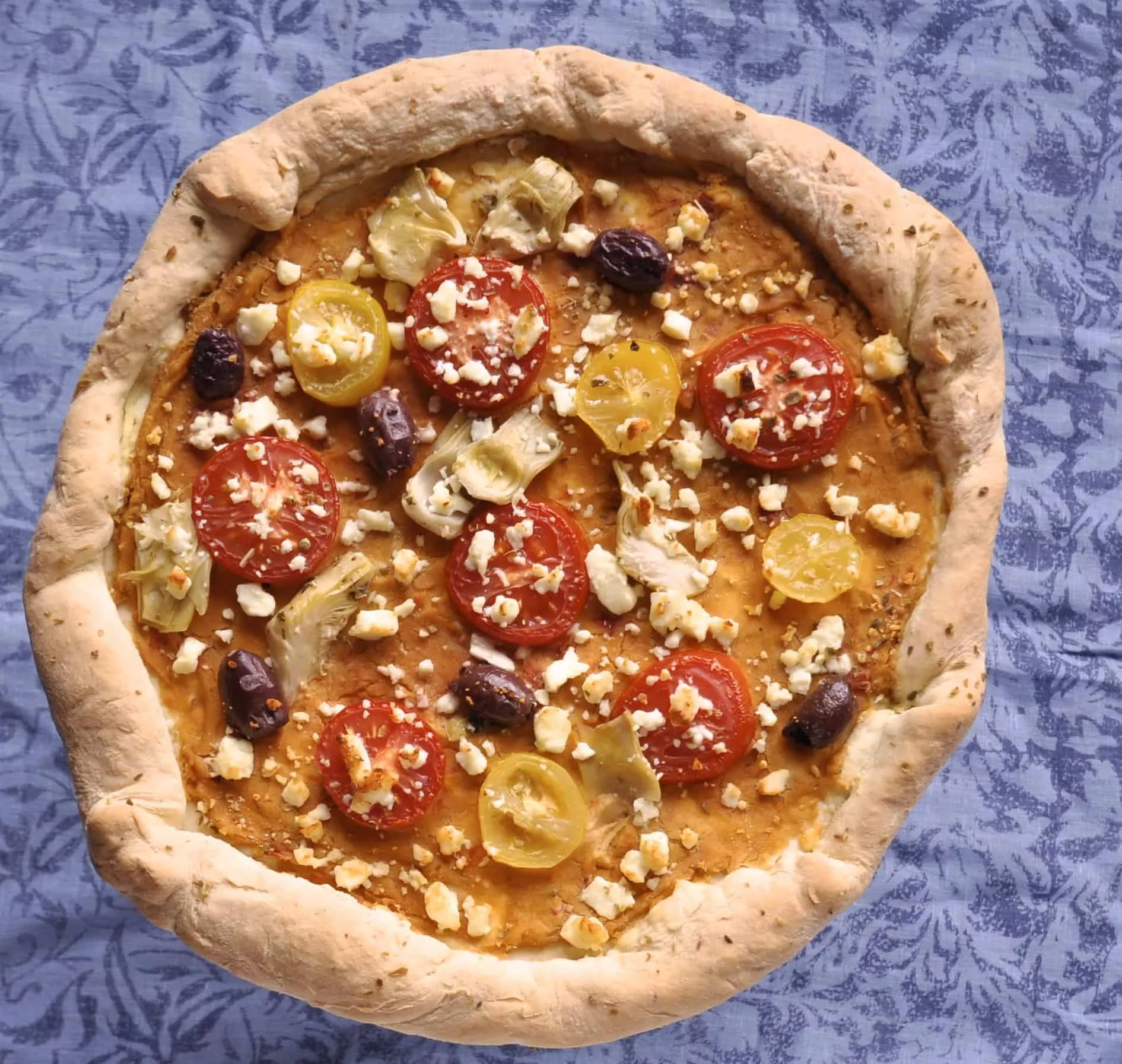
This gluten free pizza crust would be the star of any show, but with these gorgeous toppings, you could proudly serve this gluten free Greek Pizza at any fancy gathering. It really does take pizza to the next level.
Need it to be dairy-free? Luckily there are even vegan feta crumbles available now! Check out all my dairy-free recommendations in my huge post here.

Gluten Free Greek Pizza
Equipment
Ingredients
- 1 gfJules Pizza Crust Recipe OR 1/2 gfJules™ Pizza Crust Mix (1/2 gfJules Pizza Crust Mix makes 1 large pizza)
- 2 cups hummus (gluten-free)
- 1/2 cup pitted Kalamata Olives
- 1 jar Marinated Artichokes (6.5 ounce jar, drained)
- 1 Greek Pepperoncini peppers, diced (optional)
- 6 cherry tomatoes, sliced (optional)
- 1 cup Feta Cheese crumbles (optional - see notes above for dairy free)
- Baby spinach leaves or basil (optional)
- Olive oil to brush on crust
Instructions
- Prepare crust per directions, rise and par-bake at 375°F for 15 minutes.
- Remove from the oven and spread hummus in a thick layer on top of the crust. Sprinkle other toppings evenly (do not add cheese or basil), then brush the crust edges with olive oil.
- Return to the oven to bake for another 15-20 minutes.
- Remove, add feta and basil, slice and serve.
** Please keep in mind that nutrition information provided is per serving, which may vary. While we have taken care to provide you with the most accurate nutritional values possible, please note that this information may differ significantly depending on the exact ingredients and brands that you choose to use to make this recipe. Additionally, where options are given for ingredients, the resulting calculation may include all ingredient options instead of only one per line, skewing the totals significantly.
I hope you love this recipe as much as we do!
Pin it for later!
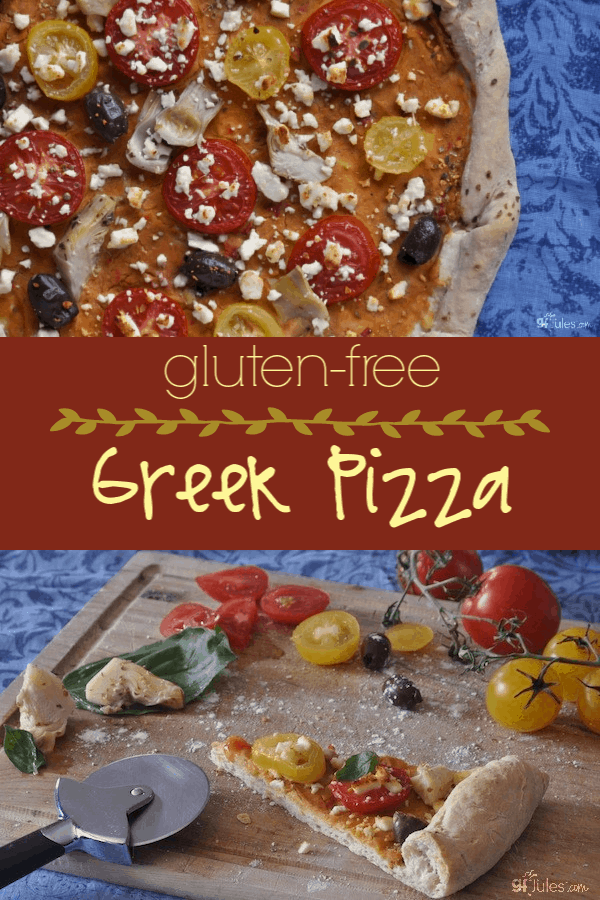


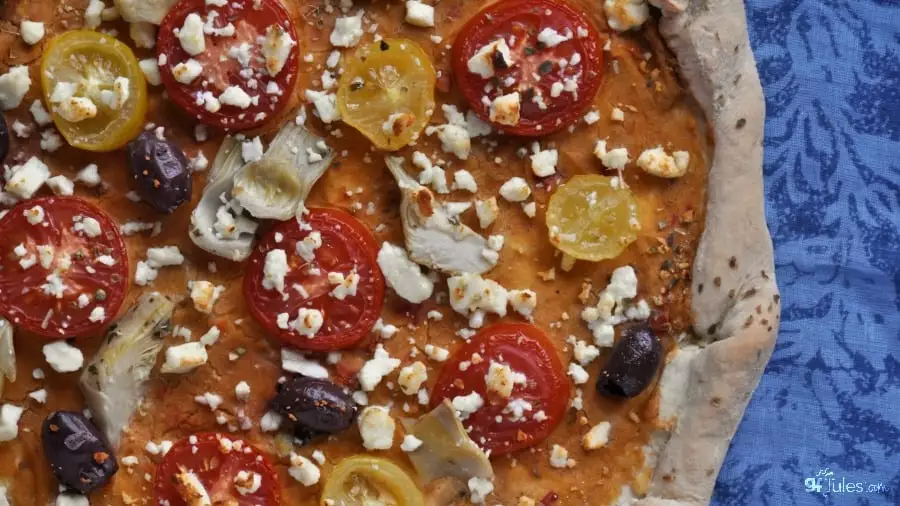

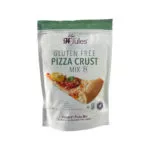












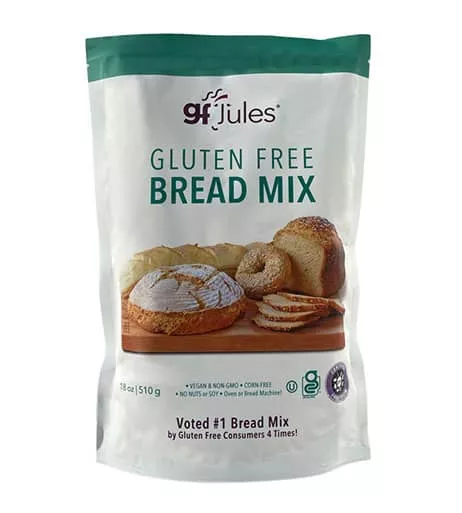
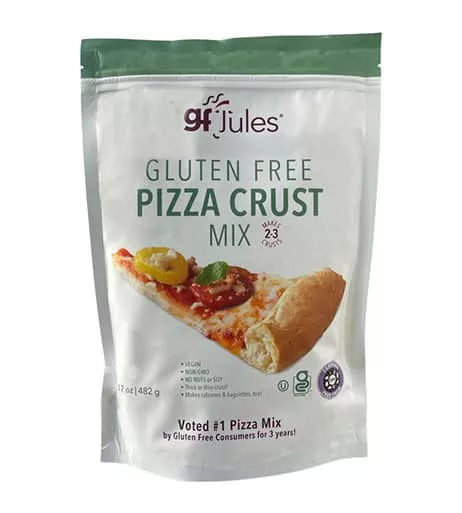
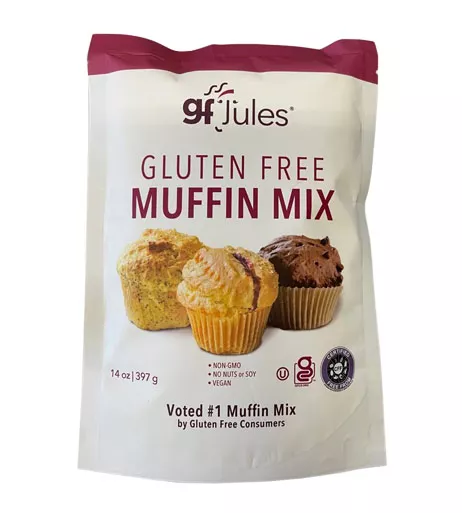









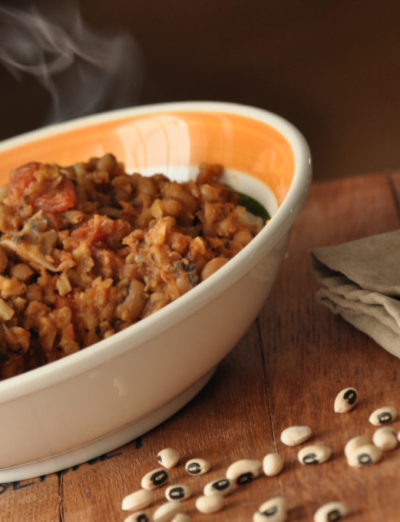
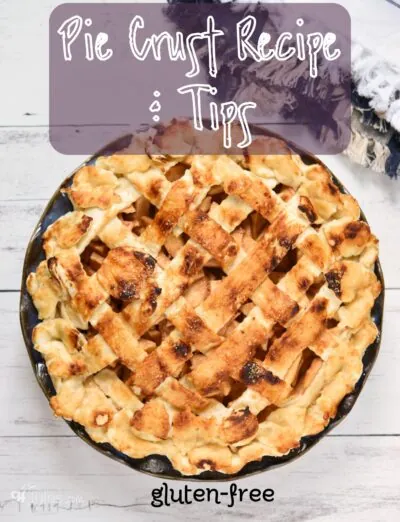


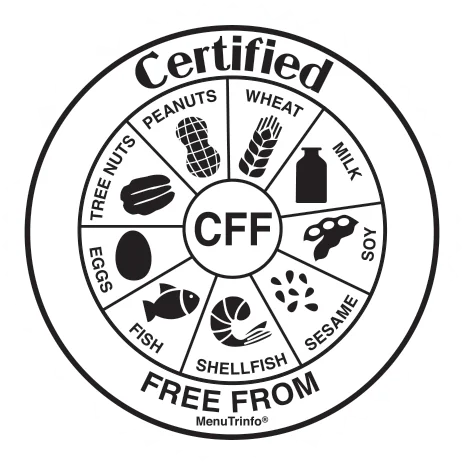




This pizza was SO good! It truly was like a salad with bread – so light and refreshing for a summer meal!
It is my understanding that true Feta cheese is made from sheep or goat’s milk, not cow’s milk. I know you (Jules) are dairy free. So does that mean you CAN consume Feta, because your Some people online say that ‘dairy free’ means no products made from milk of any kind. I read that on an MS site. They seem to believe that all milk products are inflammatory and should be avoided. Do you have any insight or opinion about this? I have been dairy (cow) free for at least a decade, if not longer. And I figured out that I couldn’t tolerate soy either about 6 years ago. So it’s been a long, long time since I have had any kind of cheese or yogurt. I was thrilled to find that I can enjoy Almond Breeze’s new yogurt! That has been exciting. And I would tell your readers if they tried it and didn’t like it because it was too gelatinous and thick, try it again. To me, it is about as close to the way I remember yogurt as you can get it. But back to this topic…I would love to know your opinion about the goat/sheep/cow milk issue.
Hi Bjorn–
If one is Vegan then it’s no animal products at all. Honey is a no too.
But for some who can’t digest the proteins in cow’s milk, for example I have a lactoalbumin intolerance, so goat, sheep’s milk products can be fine for me.
I do see alot of recipes and cookbooks that say they are dairy free but they include eggs in their recipes. So you have to figure out what each person means when they use that term.
Bjohn, you are right that I am dairy-free, so I abstain from feta as well. Feta is traditionally made from sheep’s or goat’s milk, and does contain a moderate amount of lactose, where some of the well-aged cheeses actually become lactose-free due to time and fermentation. Regarding your dairy and soy-free yogurt comment, I’m glad you are able to enjoy the new almond milk yogurts. They are a wonderful option for us dairy-free folks, as are coconut milk yogurts. They also both come in “Greek” style yogurts. Thanks for your question – I hope this helps. If you would like to read more about other mammal’s milk products and lactose, check out my article on the topic.